
Cathy Tsai | 蔡凱西 台北人 / 不專業旅人 / 流浪中的學術人 / 研究旅行史與旅行文化的不良歷史學徒/《後綴》假掰文青誌編輯群 在出門旅行、閱讀,與作古的旅記文本中持續穿越 佛系粉專:https://www.facebook.com/travelhistorystory 合作邀約:misiaa2001@gmail.com
The history of Japanese travel that everyone is crazy about but may not know | Hokkaido (3): Has Huang Zunxian ever been to Hokkaido?

In the 1870s, Japan and Qing signed the Treaty of Amendment, which opened the prelude to the normalization of diplomatic relations between the two countries. The first generation of the Qing Dynasty's mission to Japan arrived in Tokyo in 1877. In addition to He Ruzhang and Zhang Sigui, who served as ministers and deputy envoys, among the group of diplomats stationed in Japan, the most eye-catching person was Huang Zunxian, who served as counselor at that time, that is, the secretary of the embassy.
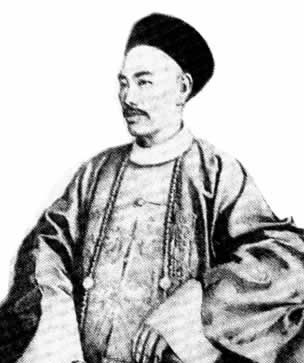
Who is Huang Zunxian? He was an intellectual of the late Qing Dynasty, a pioneer of the "poetry revolution", and had the qualifications of a diplomat stationed in Japan and the United States. After the Sino-Japanese War, Taiwan became a new territory under the rule of the Japanese Empire. In his "Taiwan Trip" written by Yuefu Poetry, Huang expressed his grief and anger at the defeat of the Qing Empire, and he also expressed his anger towards the Taiwanese. Resisting Japan to become a submissive, expressing emotions that cannot be recognized.
Recently, I inadvertently read in the library, the book "Masters of Great Nations: Masters Who Worry About China's Destiny" edited by China's Global People magazine. The articles included in the article mentioned Huang Zunxian's Japanese travel footprint:
During his stay in Japan, Huang Zunxian walked alone, walked through Honshu, crossed Hokkaido, stayed in Enoshima in Kamakura, and stayed in Atami in Izu for half a month...
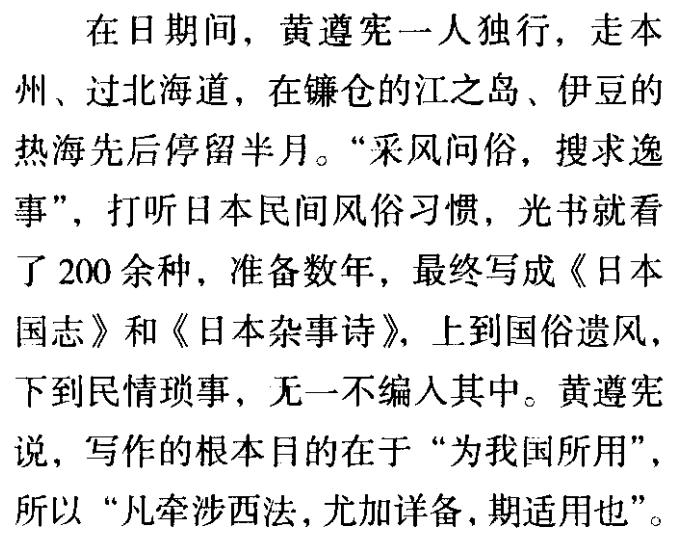
The above should be based on two letters written by Huang Zunxian to Wang Tao in July and October 1880, that is, the "Book to Wang Tao". Wang Tao was a famous reform thinker in the late Qing Dynasty. In 1879, he was invited by Shigeno Seizai and Kurimoto Hoeun to visit and travel in Japan for several months. In that year, Wang and Huang were very close friends. After Wang Tao left Japan, the two also had a relationship. Multiple letters to and from.
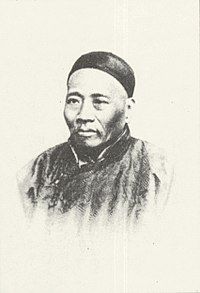
In the July letter "To Wang Tao", Huang Zunxian's original text said:
My brother recently returned from Hakone... I live in the middle of the Hakone Mountains in my twenties... Then I still want to travel to Nikko, go to Shangshu, cross the Beihai, and arrive at Hakokan. On the way back, I will travel from Lu to Xijing, pass through the countries of the South China Sea, and visit Kumamoto Castle. , ask Kagoshima and then return....
The above letter, if translated into imprecise vernacular, would read:
I just finished a 20-day trip in Hakone, and I want to go to Nikko, then go north to Gunma (Ushu), then cross the sea to Hokkaido (Hokkai), arrive at Hakodate, and return to Kyoto by land. Then head south to visit Kumamoto Castle and Kagoshima in Kyushu, before returning to Tokyo.
As for the "Book to Wang Tao" in October, the original text reads like this:
After the younger brother returned from Hakone, he traveled prosperously, and Xuanfu was alone. Before returning to the table, I went to the silk factory in Tomioka, the brewery in Jiafei, and the papermaking department in Prince Village.
Judging from the clues in these two "Books to Wang Tao", Huang Zunxian clearly stated that after his trip to Hakone, he still "wanted to go" to Nikko, Shangshu (Gunma), Hokkaido, Kyoto and Kyushu. On his travel destination after Hakone, he went to Kamakura Enoshima, and Izu Atami, each for half a month, and then said that his butt was still hot, and then ran to Tomioka (ie "Ushu", now Gunma Prefecture), Kahi (now Yamanashi Prefecture), and Oji Village in Tokyo, visit silk mills, wineries and paper mills.

In short, Huang Zunxian's travels in those years were farthest between Tomioka and Jiafei.
The question is, has Huang Zunxian traveled to Hokkaido? Straight to my very euphemistic conclusion, the answer is: the probability is very low.
From the beginning and end of Huang Zunxian's dispatch to Japan, on December 21, 1877, his envoy arrived in Tokyo, and on January 18, 1882, he departed from Yokohama to take up the post of consul general in San Francisco. In the year of arriving in Japan, there are many things to do, the year of departure from Japan, the busy luggage, the first and last two years, I am afraid it is difficult to have any time in Japan to go all the way to Hokkaido.
As for the four-year term in the middle, Huang Zunxian's main activities are roughly intertwined with the official affairs of the embassy; with Tokyo as the center, with the intellectual world of Qing, Japan, and Korea, frequent written talks and poetry, and the compilation of "Japanese National Records".
The development of North Korea's situation after the Jianghua Treaty, and the belonging to Ryukyu, were the top priority of the negotiations between the Qing Dynasty and Japan during the tenure of the first generation of the Missionary Corps in Japan. In particular, Japan embarked on the so-called "Second Ryukyu Disposal", a major move to cut off the past suzerainty relationship between Qing and Ryukyu, and with the policy of abolishing the feudal lords and setting up a county in 1879, Ryukyu was changed to Okinawa Prefecture. Huang Zunxian, as the counselor in Japan, needless to say, undertakes the busy official duties of the foreign embassy.
Since the members of the Qing State Missionary Corps were stationed in Tokyo, they have become the targets of Japanese and Korean intellectuals with a background in Chinese characters and Sinology, such as Yuan Huisheng, Oka Chiren, Shigeno Seizai, Miyajima Seiichiro, Jin Hongji and others , are the names that often appear in the published historical materials of written talks. In the spare time of official business in the foreign museum, Huang Zunxian and many East Asian intellectuals with official and civilian identities often use written conversations to exchange knowledge, current situation, and poetry and social activities. Of course, there are also occasions for group tours and banquets.
In the cherry blossom chapter on Japan’s travel history written by the author, I mentioned that Huang Zunxian and members of the mission team participated in cherry blossom viewing, feasting and poetry singing on the banks of the Mo River (Sumida River). In addition, famous places such as Ueno Shinobi Pond and Koishikawa Korakuen are also attractions that Huang Zunxian and his Japanese friends once visited. Looking at the chronology of Huang Zunxian, in 1879 when Wang Tao visited Japan, Wang and Huang visited and feasted from May to the end of August, and there were few empty days.
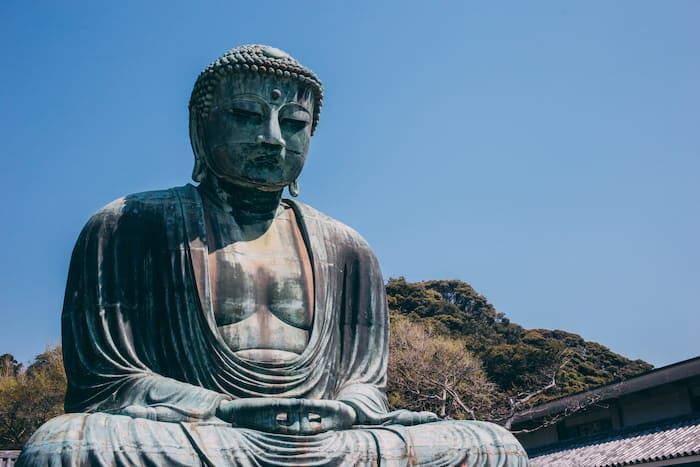
In 1878, when Huang Zunxian was in his spare time, he began to collect documents with the assistance of Japanese friends, and devoted himself to the research and compilation of Japanese history. The aforementioned Huang Zunxian's trips to Hakone, Kamakura, and Atami, as well as his investigations into industries such as silk-making and brewing, naturally had the intention of assisting the compilation of "Records of Japan" through the field of travel. However, in the process of compiling the voluminous Records of the State of Japan, there were many difficulties in the collection, compilation and revision of historical materials. For example, Huang Zunxian was not familiar with Japanese historical materials, and many specialized terms in Japanese history required assistance in Chinese translation and translation. Editing, coupled with limited time in Japan and editing, also made it difficult for him to undertake longer field trips.
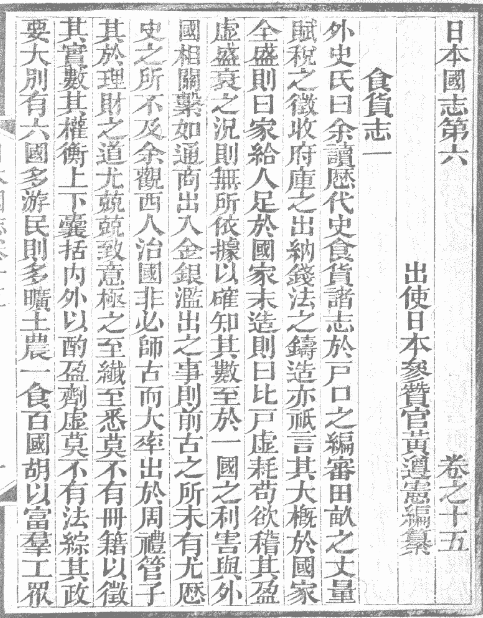
The reality that it is difficult to undertake a long-distance research trip can also be seen from the preface and letters written by Huang Zunxian to his friends.
For example, in 1878, he wrote a preface to the book "Diary of a Tour of Ji-do" by the painter and calligrapher Ikuta Mizutake. He praised that he had almost traveled all over Japan, but also expressed that he really wanted to follow Ikuta Chong for a long walk in Japan. Travel, but because it is difficult for him to "abandon Pepsi", he can only think about it. Then in 1880, in his letter to the sinologist Oka Chiren, he also mentioned that the embassy's official business "everything is labor-intensive". In the spare time, it is necessary to pay and socialize, and writing is ranked after two things. I haven't written for a month.
By the middle of 1881, Huang Zunxian already knew that his career in Japan was coming to an end. In another letter to Wang Tao, he said that he had largely declined the invitation of friends to visit and banquets, and discussed the compilation of "Japanese National Records" with Minister He Ruzhang day and night. , wants to do this before leaving office. With the forty volumes of "The National History of Japan" facing the stress test of completing the draft, it may be difficult for the North Coast (?) to take a trip , let alone Hokkaido.
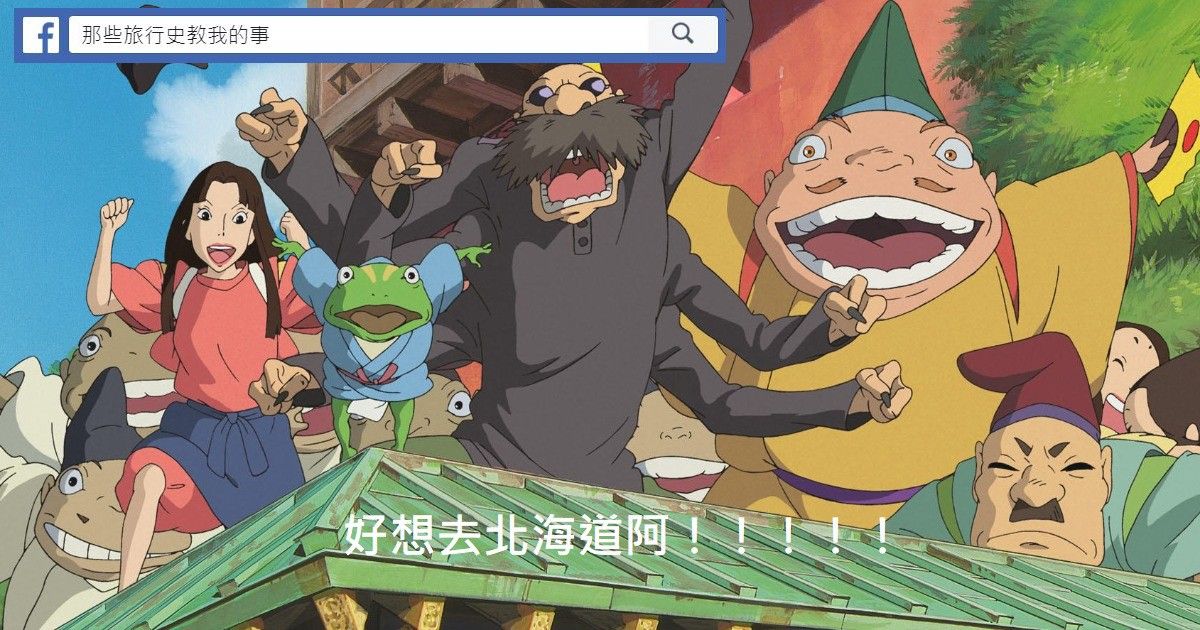
Examining Huang Zunxian's works, there is no lack of poetry and writing on Hokkaido.
For example, in the commentary to the poem "Ezo" included in "Japanese Miscellaneous Poems", it has been described that since the Restoration, after Hokkaido became the territory of Japan, a pioneer was set up to govern. Or in the "Geography" of the "National Records of Japan", the general situation of the management of the Ezo land is mentioned by the previous dynasties and human regimes.
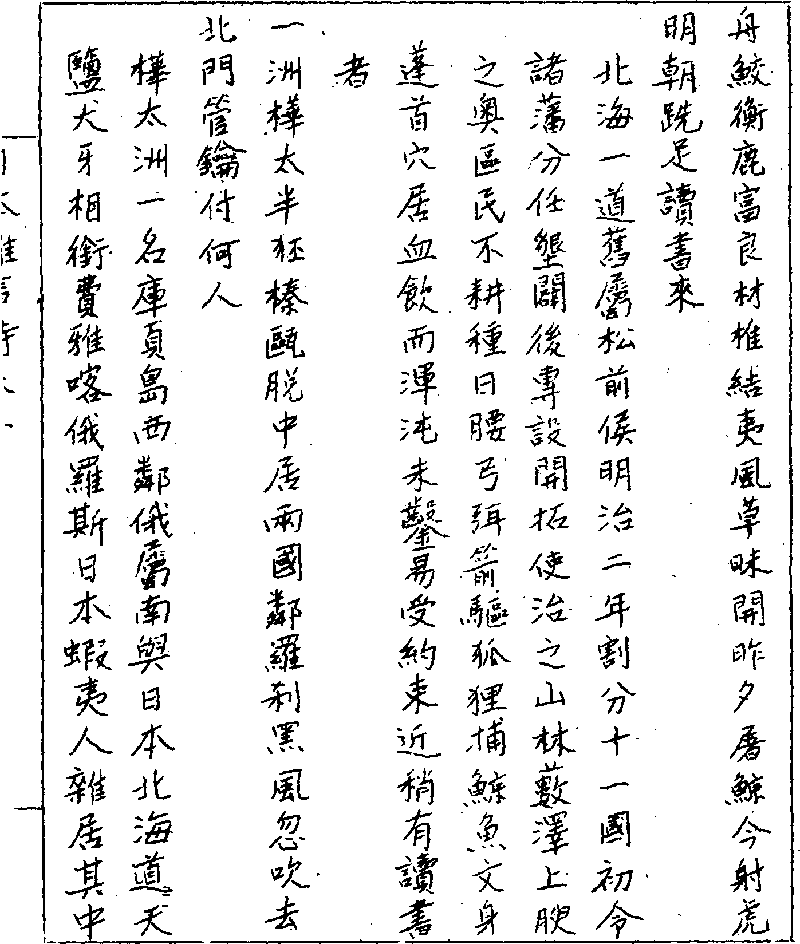
In Huang Zunxian's writings, Hokkaido is a borderland where "the soil is fertile, but the industry is not yet developed. The customs are simple, the language and clothes are different from the mainland"; and the Ainu people, who are covered in thick hair, are described by Huang Zunxian as a race no different from those born in Taiwan. , Stupid like a pig or a deer, now that Hokkaido has become a part of Japanese territory, it is great for the Ainu to have a chance to break away from ignorance and enter civilization!
The above-mentioned knowledge of Hokkaido may not come from Huang Zunxian's travel experience, but from the information of Japanese friends and the materials collected in writing "Japanese National History". In 1881, Huang Zunxian once helped Oka Chiren, who had just returned to Beijing from Hokkaido, to write a preface to "The Poems of the Northern Journey". Its feeling. Oka Chiren's poems may provide some clues to Huang Zunxian's writing of Hokkaido.
Therefore, it is difficult to establish that Huang Zunxian has traveled to Hokkaido.
Incidentally, in Huang Zunxian's poems, he expresses his grief and disappointment that the Taiwanese do not want to resist any more, but instead become obedient citizens of the Japanese Empire; and the Ainu people of Hokkaido in the borderlands will gradually be widely recognized by the Japanese civilization. He also suggested that the Qing government abolish North Korea as a county, and set up ministers in North Korea to preside over its internal and foreign affairs. It has to be said that Huang Zunxian's perspective on the borders and vassals of the Qing Dynasty basically does not break away from the tone of "imperial gaze".
- Appreciate Citizen 2.0 Subscription Sponsorship: https://liker.land/cathytsai/civic
- A Buddhist fan who doesn't work hard on Facebook: " Those things travel history taught me "
- You'll see me here too:Checkered VOCUS | Medium | hkese.net
- If you want to cooperate, you can come to me here: misiaa2001@gmail.com
- Welcome to my share referral link: MAX Exchange | Noise.cash
Like my work?
Don't forget to support or like, so I know you are with me..
Comment…